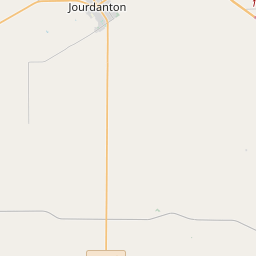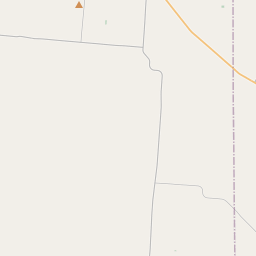Jourdanton United Methodist Church













The Methodist church in Jourdanton formally organized in 1909, the same year that the City of Jourdanton was founded. The church began as the Jourdanton Methodist Episcopal Church, South, and was a member of the Uvalde District in the West Texas Conference. Founding members included Mr. and Mrs. W. T. Billingsley, Mr. and Mrs. Murphy, Mr. and Mrs. Easterling, The W. H. Purgason family, the Carter family, Mr. and Mrs. B. B. Daughtrey, the Richardson family, and Mr. and Mrs. Lewis Ernst. During 1909, Rev. J. W. Shoemaker, the congregation's first pastor, served a circuit consisting of churches in Pleasanton, Jourdanton, Campbellton and Fairview. Other early pastors included the Rev. W. N. Carl and the Rev. J. N. Rentfro. Services originally took place in a tent. In 1910, church trustees B. B. Daughtrey, James A. Waltom and C. B. Myers purchased property at the corner of Elm Avenue and Brown Street from E. M. and May Tom, and a frame building was constructed on the site. In 1941, the congregation razed the original structure and built a new one at the same location. Property was later purchased at the corner of Chestnut and Campbell, and the 1941 sanctuary was moved to the new site in 1957. The sanctuary was later sold and removed from the property, and the present sanctuary was constructed in 1964. The Jourdanton Methodist Church Ladies Aid Society held its first meeting on March 3, 1910. Additional organizations later founded within the church included the Women's Society of Christian Service, the Wesleyan Service Guild, Epworth League, the United Methodist Women, the United Methodist Men and Methodist Youth Fellowship. (2009)
As one of the most visible programs of the Texas Historical Commission (THC), historical markers commemorate diverse topics in Texas history, including: the history and architecture of houses, commercial and public buildings, religious congregations, and military sites; events that changed the course of local and state history; and individuals who have made lasting contributions to the state, community organizations, and businesses.
The University of Texas at Austin, founded in 1883, is one of the largest universities in the United States and has produced many notable alumni, including several U.S. presidents.
In the early 19th century, the region experienced a migration of American settlers. Atascosa County, named after the Atascosa River that flows through it, was officially established in 1856. The county played a significant role in the Texas Revolution, with several battles fought in the area. The region's fertile land attracted farmers and ranchers, leading to the growth of the agricultural industry. Cattle ranching soon became a dominant economic activity, and the county became known for its large cattle drives and sprawling ranches.
During the Civil War, Atascosa County sided with the Confederacy, and the conflict brought some challenges to the area. However, after the war, the county experienced a period of growth and development. Railroads were constructed, connecting the county to larger markets, and the establishment of towns and communities brought further prosperity.
In the 20th century, Atascosa County continued to thrive economically, primarily due to agriculture, particularly cotton and corn farming. Oil and gas exploration also became significant industries in the region. The growth of cities such as Pleasanton and Jourdanton brought increased infrastructure and amenities to the area. Today, Atascosa County is an important part of the South Texas economy, contributing to agriculture, oil and gas, and tourism. Its history and heritage are celebrated through various cultural events and historical landmarks.
Atascosa County Timeline
This timeline provides a condensed summary of the historical journey of Atascosa County, Texas.
- 1856 - Atascosa County is officially established by the Texas state legislature.
- 1872 - The county's first courthouse is built in Pleasanton.
- 1881 - The San Antonio and Aransas Pass Railway is completed, bringing a significant boost to the county's economy.
- 1890 - Tornadoes cause extensive damage in the county, leading to rebuilding efforts.
- 1898 - The county's second courthouse is constructed, replacing the original one.
- 1908 - The discovery of oil in the county leads to an oil boom, bringing economic prosperity.
- 1920s - Atascosa County experiences a decline in agriculture due to the boll weevil infestation.
- 1930s - The Great Depression leads to economic hardships in the county.
- 1940s - World War II brings changes to the county, including the establishment of a military training base.
- 1960s - Construction of Interstate 37 brings improved transportation infrastructure to the county.
- 1970s - Atascosa County's population starts to grow significantly, leading to increased development.
- 1990s - The county experiences further population growth and urbanization.
- 2005 - Hurricane Emily causes widespread damage in the county.
- Present - Atascosa County continues to be a mix of rural and urban communities, with a diverse economy.